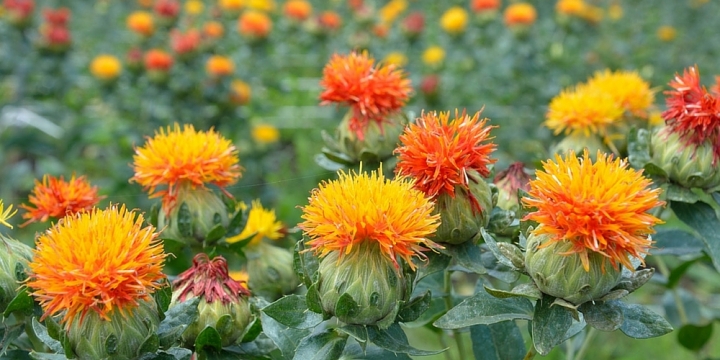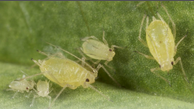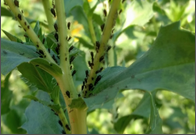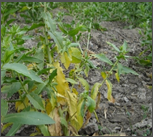General Information
Safflower is commonly known as "kusumbhra, kusum" are oldest cultivated oilseed which contain 24-36% oil. Safflower is largely used for cooking purposes. Its decorticated cake is utilized for feeding cattle.
Maharashtra and Karnataka are major safflower growing state. In Uttar Pradesh, its cultivation is mainly concentrated in Bundelkhand regions. Safflower cultivation is profitable under irrigated conditions.














